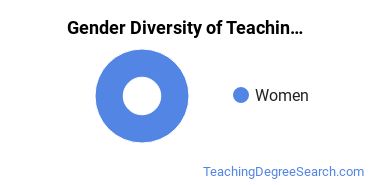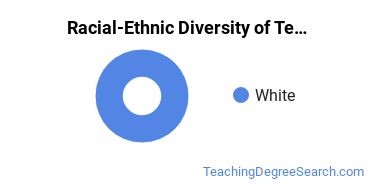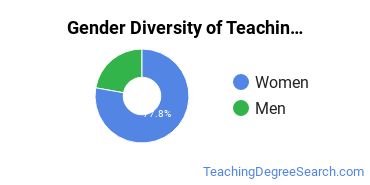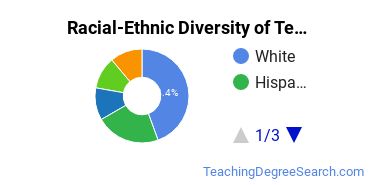Teaching English as a Second or Foreign Language/ESL Language Instructor at Concordia University, Nebraska
Concordia University, Nebraska is located in Seward, Nebraska and has a total student population of 3,224.
Want to know more about the career opportunities in this field? Check out the Careers in Teaching English as a Second or Foreign Language/ESL Language Instructor section at the bottom of this page.
Concordia University, Nebraska Teaching English as a Second or Foreign Language/ESL Language Instructor Degrees Available
- Bachelor’s Degree in Teaching English as a Second or Foreign Language/ESL Language Instructor
- Master’s Degree in Teaching English as a Second or Foreign Language/ESL Language Instructor
Online Classes Are Available at Concordia University, Nebraska
Online courses are a good option for students who need a more flexible schedule that allows them to pursue an education when and where they want. Whether you're going to school part-time or full-time, you may find distance education the right choice for you.
Concordia University, Nebraska does offer online education options in teaching english as a second or foreign language/esl language instructor for the following degree levels for those interested in distance learning:
- Master’s Degree
Concordia University, Nebraska Teaching English as a Second or Foreign Language/ESL Language Instructor Rankings
The teaching english as a second or foreign language/esl language instructor major at Concordia University, Nebraska is not ranked on College Factual’s Best Colleges and Universities for Teaching English as a Second or Foreign Language/ESL Language Instructor. This could be for a number of reasons, such as not having enough data on the major or school to make an accurate assessment of its quality.
Teaching English as a Second or Foreign Language/ESL Language Instructor Student Demographics at Concordia University, Nebraska
Take a look at the following statistics related to the make-up of the teaching english as a second or foreign language/esl language instructor majors at Concordia University, Nebraska.
Concordia University, Nebraska Teaching English as a Second or Foreign Language/ESL Language Instructor Bachelor’s Program

The following table and chart show the race/ethnicity for students who recently graduated from Concordia University, Nebraska with a bachelor's in teaching english as a second or foreign language/esl language instructor.

| Race/Ethnicity | Number of Students |
|---|---|
| Asian | 0 |
| Black or African American | 0 |
| Hispanic or Latino | 0 |
| White | 1 |
| International Students | 0 |
| Other Races/Ethnicities | 0 |
Concordia University, Nebraska Teaching English as a Second or Foreign Language/ESL Language Instructor Master’s Program

Of the students who received a teaching english as a second or foreign language/esl language instructor master's degree from Concordia University, Nebraska, 71% were white. This is above average for this degree on the natiowide level.
The following table and chart show the race/ethnicity for students who recently graduated from Concordia University, Nebraska with a master's in teaching english as a second or foreign language/esl language instructor.

| Race/Ethnicity | Number of Students |
|---|---|
| Asian | 0 |
| Black or African American | 0 |
| Hispanic or Latino | 2 |
| White | 10 |
| International Students | 0 |
| Other Races/Ethnicities | 2 |
Related Majors
Careers That Teaching English as a Second or Foreign Language/ESL Language Instructor Grads May Go Into
A degree in teaching english as a second or foreign language/esl language instructor can lead to the following careers. Since job numbers and average salaries can vary by geographic location, we have only included the numbers for NE, the home state for Concordia University, Nebraska.
| Occupation | Jobs in NE | Average Salary in NE |
|---|---|---|
| Elementary School Teachers | 9,920 | $57,490 |
| High School Teachers | 7,880 | $57,500 |
| Middle School Teachers | 3,460 | $60,280 |
| Kindergarten Teachers | 920 | $59,490 |
References
*The racial-ethnic minorities count is calculated by taking the total number of students and subtracting white students, international students, and students whose race/ethnicity was unknown. This number is then divided by the total number of students at the school to obtain the racial-ethnic minorities percentage.
- College Factual
- National Center for Education Statistics
- O*NET Online
- Image Credit: By Adqproductions under License
More about our data sources and methodologies.
